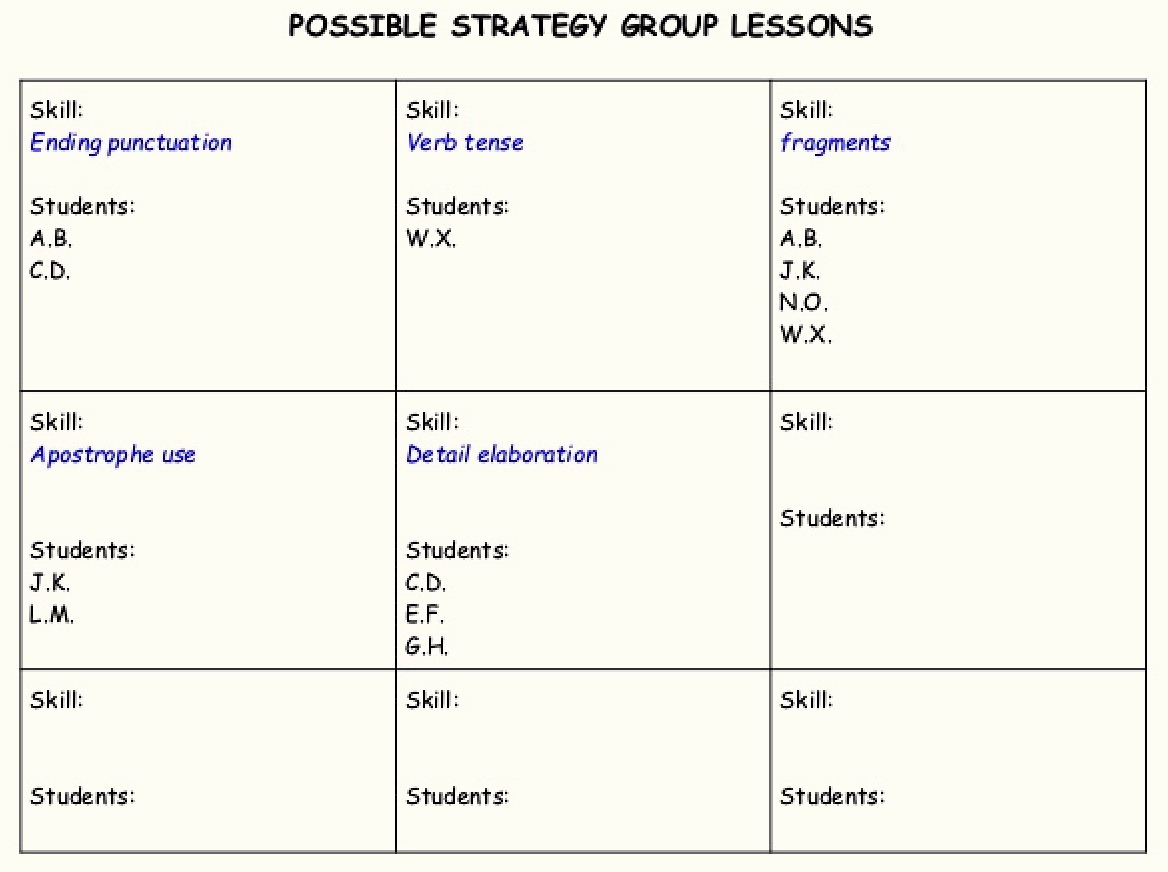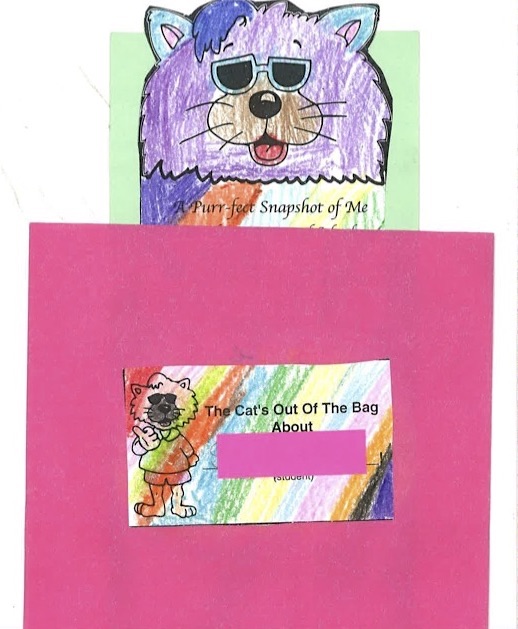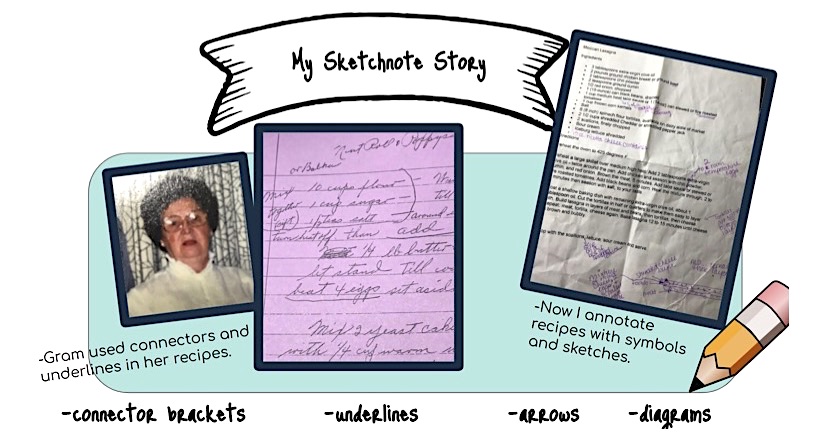Five Lesson Plan Tweaks That Will Boost Engagement
Have you ever considered how life experiences factor into your teaching practices? Before I entered education, marketing was my first career. They may seem worlds apart, but the parallels will surprise you. Let’s view teaching through the lens of a marketer to understand our students better, tailor instruction more effectively, and improve the outcomes of our teaching.
This first article in this series bridges the two disciplines to strengthen student engagement, a cornerstone of positive classroom management.
MAPPING OUT a marketing campaign is messy. Target markets are constantly changing. An idea that may be a hit one day may flop the next. Idea overload and implementation roadblocks eat up lots of space in your brain and space on your calendar.
This scenario illustrates the logistical hurdles faced by marketers. Sounds familiar, right? Teachers deal with similar challenges. Both marketers and teachers strive to communicate with ever-changing target audiences with varying needs. All while competition vies for audience attention. To stand a chance amid the disengagement clutter, we need high-impact teaching strategies with lots of bang for the buck.
Both Empower People Through Connection
Gone are the days when marketing was just about selling. Like teaching, it’s about making connections. Each field has become more participatory in nature. In student-centered classrooms, meaningful, connected lessons have value. Relatable lessons motivate students because they have emotional appeal. In turn, engagement leads to purposeful work, supporting more on-task behaviors. A win-win for positive classroom management!
Likewise, rather than pushing products on people, savvy marketers solicit customers’ opinions, offer opportunities to create content, and generate new product ideas. The power shift leads to greater customer satisfaction and more brand buy-in.
Done right, both marketing and teaching empower people, helping them feel valued and appreciated.
Five Tweaks We Can Borrow
Let’s look at five easy lesson planning tweaks teachers can glean from marketers to strengthen student engagement.
1 – KNOW YOUR TARGET AUDIENCE
- Do your homework and know your students’ strengths, challenges, and interests.
- A little upfront research getting to know students pays off in the long-run.
- People change, sometimes even mid-cycle. One-and-done activities only offered during first-days-of-school icebreakers will leave you out of the loop later. Middle graders change lots … and quickly! Schedule check-ins at least at the beginning, middle, and middle/end of the year.
TIP: The “Let the Cat Out of the Bag” interest inventory helps the teacher and classmates get to know a student. Continue offering interest inventories and surveys throughout the year.
I have used ‘Let the Cat out of the Bag’ to garner information in a more fun way. Essentially it’s like a top 10 list of a student’s favorites. Completing a questionnaire makes it seem like students are doing it for the teacher, whereas the cat activity can be hung up in the room and shared with classmates as well.
Pulling the cat out of the paper bag is interactive and classmates can learn more about each other. Since middle graders do change so much during the year, it’s a fun and easy one to revisit multiple times.
2 – TAILOR YOUR SALES PITCH
Yes, lesson planning is tedious. But shift your mindset to appreciate the art of planning. There’s a fun challenge in finding increasingly creative means of delivering messages that are relevant, useful, and valuable to audiences. Be strategic. Work backwards from the learning objective. Rann Miller, Sr. shares a useful diagram for backward design planning in his post The Tedious Art of Lesson Planning.
Also, engage students by incorporating multiple modalities: visual, auditory, kinesthetic, tactile (VAKT). Garrett M. Carlson, a former teacher turned content manager and SEO specialist, wrote in “5 Reasons Why Teachers Make The Best Content Marketers” (2019):
While lesson planning, teachers need to answer questions like, “Does this lesson feature enough student-led learning opportunities?” “At the end of class, will the students create a product that illustrates knowledge?” “What about the opening five minutes of class?” “How can the students demonstrate previous knowledge?”
Lastly, form small strategy groups with students to instruct those with similar needs. For example, teach writers needing help with hooks in one group, then pair students for elaboration support in another. Tailor differentiated instruction to individual differences in readiness, interest, and learning style.

3 – ENGAGE WITH HIGH-QUALITY CONTENT
With so much information available 24/7 and attention spans waning, people don’t stick with boring content for long. Viewers may binge watch something they love, but switch channels on a dime once they’re bored. Options galore compete for attention, making it a challenge to keep viewers engaged. Similarly, teachers need the perfect combination of education and entertainment to break through the clutter of competing stimuli.
In the 1950s Walt Disney coined the term edutainment to describe media or entertainment that educates as well as entertains. The purpose: to make learning more engaging and enjoyable. Think Sesame Street. Documentaries and short-form video also fall into this category. Any experience that mixes fun and learning to motivate students aims to edutain.
Teachers also know how boredom translates into off-task behavior or classroom management issues. Consider factors for holding the attention of students:
- It helps to put yourself in your student’s shoes and think, What would I find useful if I were this student?
- Create experiences that mix fun and learning to motivate students.
- Multimedia, games, and interactive activities pair educational objectives with engaging and exciting learning opportunities. Keep the fun in learning for both students and you!
4 – REPOSITION BASED ON CHANGING NEEDS
Marketers don’t just put a product out there and wait to see if anyone bites. Data and metrics prove whether a tactic is successful in reaching objectives. Similarly, teachers continuously gauge the effectiveness of instruction through formative and summative assessments.
Even with the best-laid plans, though, sometimes instruction gets little response or even stirs up confusion. Be prepared to refine a teaching strategy. Marketers and teachers are champs at pivoting on a moment’s notice.
5 – BUILD BRAND LOYALTY
Marketers would love for loyal customers to keep coming back for more. Teachers also nurture relationships within our class communities. Building trust and respect takes time, but it’s a powerful way for students to feel connected.
Storytelling is one way to support strong community building. Natasha Che explains in “How to Sell Anything to Anyone by Telling Great Stories” (2017):
Storytelling is arguably the most powerful tool in your selling toolbox…Knowing when and how to tell stories is a powerful skill that will immediately boost your effectiveness in selling anything.
Think of celebrities who use star power on TV commercials. At first, a product appears to be a complete waste. But then, stories lure us in and we’re convinced the product is life-changing.
Stories connect us on deeper emotional levels and hook us in. Why not use them more in the classroom?
TIP: When presenting the how-tos of sketchnoting to students, I make a personal connection to my grandmother’s recipe writing style. Real-life stories are relatable and grab students’ attention and interest.
Conclusion?
Consumers are savvy, and students are too. We are challenged to find innovative ways to keep them engaged.
Throughout this article series, we’ll focus on connections between teaching and each of marketing’s 4P’s – product, price, place, and promotion. I hope you’ve begun to appreciate how the two careers share an overarching similarity: helping a target audience get the most of their experiences.
References
Carlson, G. M. (2019, August 20). 5 Reasons Why Teachers Make The Best Content Marketers. LinkedIn.com.
Che, N. (2017, August 10). How to Sell Anything to Anyone by Telling Great Stories. Entrepreneur.com.
Miller, R., Sr. (2017, January 31). The Tedious Art of Lesson Planning. Urban Education Mixtape.
Kelly Owens is a literacy interventionist who helps middle graders overcome past literacy struggles by building stamina, confidence, and a greater love of learning. As a teacher with over 29 years of experience, she has proudly represented Hillsborough Township Public Schools as a NJ Governor’s Teacher of the Year.
Kelly also co-created Buddies for the Birds, which was featured on Emmy Award-winning Classroom Close-up NJ. Kelly earned her Ed.M. from Rutgers University and her Reading Interventionist and Wilson Ⓡ Dyslexia Practitioner Certifications through Saint Joseph’s University. Additional writing credits include published work with The King School Series (Townsend Press), The Mailbox magazine, and MiddleWeb.

































